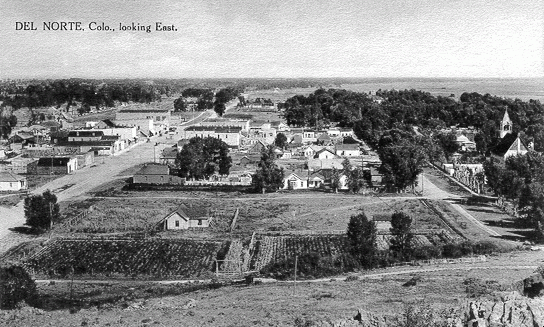Census Records
About Census Records
A census is far more than a simple enumeration of an area's population. It can be an excellent resource for genealogists, historians, and sociologists as they document vital statistics as well as the history of social change.
How to Find Information
General Census Records for Colorado
The 1885 Colorado State Census is available on microfilm at the Colorado State Archives. All Federal Censuses have been digitized and are available through the National Archives and Records Administration at the link below.
The 1880 Census is the first to use the "Soundex", four-character phonetic index. Below is a guide to look up names using the Soundex.
Keep the first letter of the surname and then disregard all vowels, W, Y, and H
1 = B, P, F, V
2 = C, S, K, G, J, Q, X, Z
3 = D, T
4 = L
5 = M, N
6 = R
Examples
Colorado = C-463
State = S- 330
Archives = A-621
Resources
Genealogy On-Line
The 1885 Colorado Census was a special state census done in conjunction with the federal government. As such it is different from the other federal censuses. For instance, the Soundex system does not apply to this census. Also, there is a completely separate alphabetical extraction of names which includes age, race, gender, nativity, and marital status. The alphabetical extraction is organized by county and thereunder alphabetically by first letter of last name. Of the 40 counties that were organized at the time, an alphabetical extraction was done for 20. The extractions do not refer to a sheet and a page number in the census which sometimes makes it difficult for researchers to cross reference a name. If a researcher is looking to see if a person lived in a certain county in 1885 or needs only basic information about an individual, then the 1885 alphabetical extraction is useful and can be quicker to search than the actual census.
Information recorded:
Street name and house number in some cities
Dwelling houses numbered in order of visitation and families numbered in order of visitation
Name, age, race, and gender of individuals in the household
Relationship of each individual to head of household
Single, married, widowed, or divorced
Professional status / title
Length of unemployment
Illness and/or disability
Blind, deaf and dumb, idiotic, insane, maimed, crippled, or bedridden
School attendance (only in the year of the census)
Literate and able to write
Birthplace
Parents' birthplace
Another group of Federal Census records are the Native American / Indian Census Rolls from 1885 - 1944. The tribes represented in the records found at the Colorado State Archives are the Cheyenne, Arapahoe, Sioux, Crow, Ute, Kiowa, Comanche, Apache, Caddo, Wichita, Navajo, Hopi, Nez Pierce, Shoshoni, Shebits, Kaibab, Utah, Ouray, and Paiute. Since most Indians were not recognized as citizens until 1924 and not represented in Congress, the United States Government did a special census enumerating the Native Americans who lived on reservations. These census rolls were submitted annually by the reservations' agent/superintendent as required by an act of July 4, 1884. Before 1930 the census provides information on the person's name, date of birth, gender, and relationship to the head of the family. After 1930 the census provided information on the individual's degree of Indian blood, marital status, ward status, place of residence, and also included miscellaneous commentary. Two major problems related to the Indian census are that they only recorded those who possessed a formal affiliation with a tribe, and that it did not consistently cover every tribe annually.
To Request a Record
To search our records, please see Archives Search.
To request a record from the Archives, please submit a formal request.
- See also our associated fees
